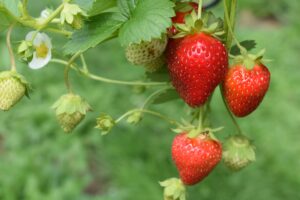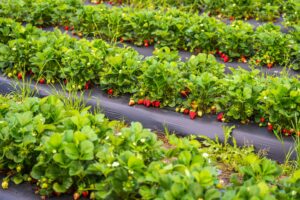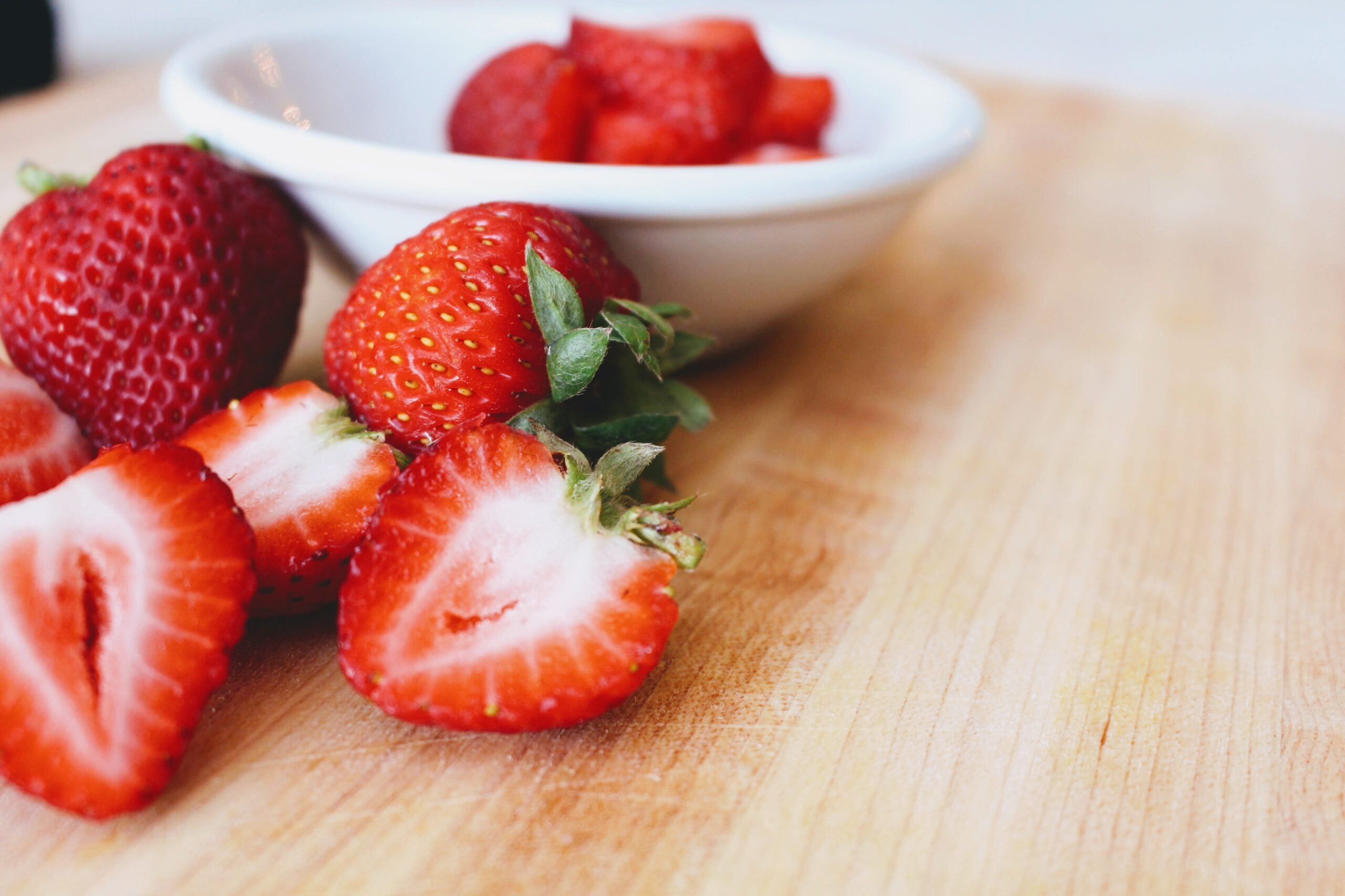Strawberries, those luscious red jewels of summer, are beloved by people around the world for their irresistible taste and versatility in various culinary delights. Traditionally grown in open fields, strawberries have found a new home in greenhouses, where controlled environments offer optimal conditions for their growth. This innovative method of cultivation has revolutionized the way we enjoy strawberries, ensuring a year-round supply of this delectable fruit. In this article, we will explore the advantages of growing strawberries in greenhouses and the impact it has on both farmers and consumers.

Optimal Growing Conditions for Strawberries
Greenhouses provide an ideal environment for growing strawberries, as they allow growers to control crucial factors such as temperature, humidity, and light. By maintaining a stable climate, farmers can extend the strawberry growing season, ensuring a consistent supply even during adverse weather conditions. Additionally, greenhouses protect strawberries from pests and diseases, reducing the need for harmful pesticides and promoting sustainable agriculture practices.
Increased Yields and Crop Quality
One of the significant advantages of cultivating strawberries in greenhouses is the ability to achieve higher yields and superior crop quality. Controlled environments enable farmers to optimize irrigation and nutrient levels, leading to healthier plants and larger, sweeter berries. With precise control over the growing conditions, greenhouse-grown strawberries tend to be more uniform in size and shape, making them visually appealing to consumers.
Year-Round Availability
Traditionally, strawberries are a seasonal fruit, enjoyed during specific times of the year. However, greenhouses have transformed the strawberry market by allowing growers to produce strawberries year-round. This extended availability ensures a stable supply for consumers, reducing the reliance on imported strawberries and supporting local agriculture. As a result, people can enjoy fresh, locally grown strawberries regardless of the season, contributing to the overall reduction of carbon emissions associated with long-distance transportation.

Environmental Sustainability
Greenhouse cultivation of strawberries promotes environmental sustainability in several ways. Firstly, the controlled environment reduces water usage by optimizing irrigation systems, ensuring that water is used efficiently. Secondly, the minimized need for pesticides and herbicides in a controlled environment results in cleaner, healthier produce while reducing the environmental impact of chemical runoff. Additionally, the reduced reliance on long-distance transportation diminishes the carbon footprint associated with strawberry distribution, making greenhouse-grown strawberries an eco-friendly choice for consumers.
Economic Benefits for Farmers
The shift towards greenhouse cultivation of strawberries also offers economic benefits for farmers. With higher yields, better quality produce, and a consistent supply, farmers can secure stable incomes throughout the year. Greenhouses enable them to diversify their crops and explore innovative cultivation techniques, enhancing their overall productivity and profitability. Moreover, the ability to supply fresh strawberries year-round opens up new market opportunities, strengthening the local economy and supporting agricultural communities.

Conclusion
The cultivation of strawberries in greenhouses has revolutionized the way we grow, distribute, and enjoy this beloved fruit. By providing optimal growing conditions, increasing yields, ensuring year-round availability, and promoting environmental sustainability, greenhouse cultivation offers a host of advantages for both farmers and consumers. As technology continues to advance, we can expect further innovations in greenhouse farming, leading to even more sustainable and efficient methods of strawberry cultivation. So, the next time you savor a sweet, juicy strawberry, you can appreciate the journey it took from the controlled environment of a greenhouse to your plate, all while supporting local agriculture and environmental conservation.
Written by: Nicolene Oosthuizen

